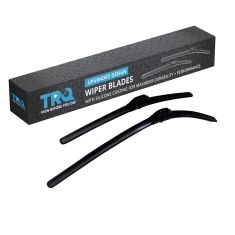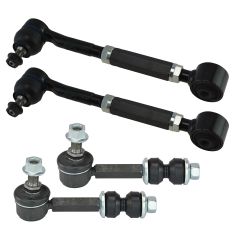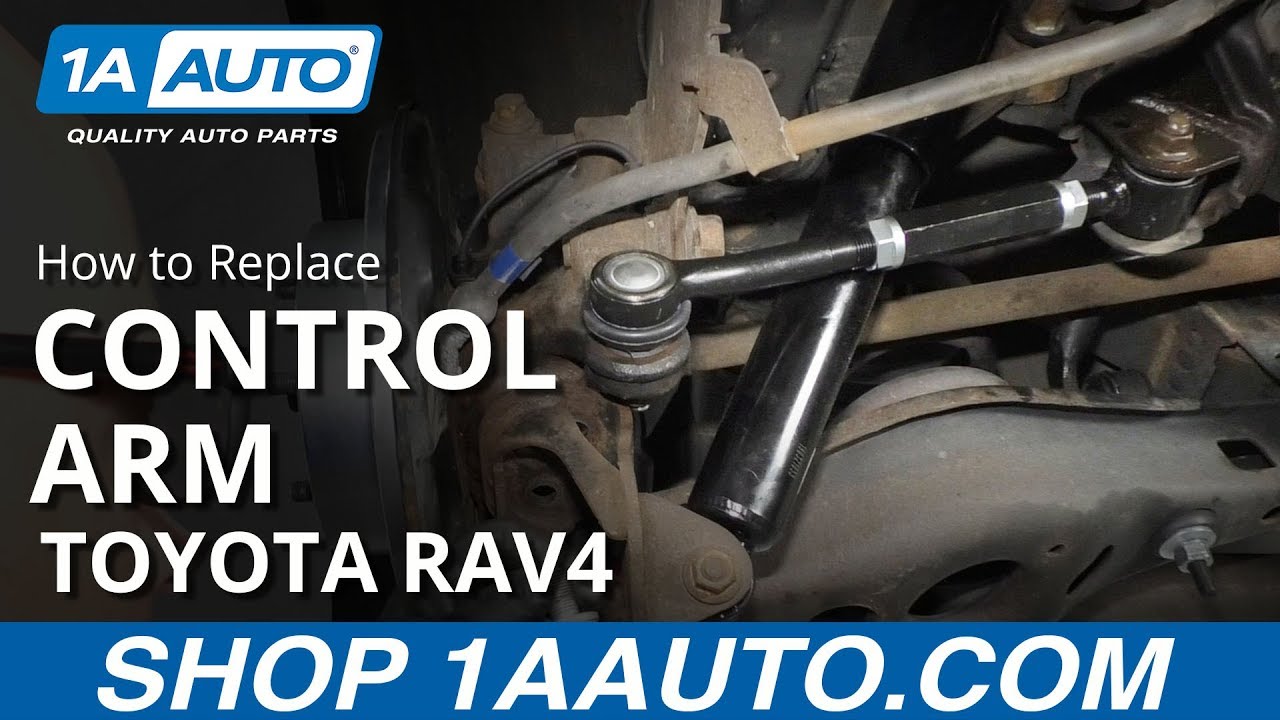1ASRL00084-Toyota Rav4 Rear Control Arm with Ball Joint TRQ PSA84362



Replaces
2007 Toyota Rav4 Rear Passenger Side Lower Forward Control Arm with Ball Joint TRQ PSA84362


Recommended for your 2007 Toyota Rav4
Product Reviews
Loading reviews
Customer Q&A
No questions have been asked about this item.
Toyota is a registered trademark of Toyota Motor Corporation. 1A Auto is not affiliated with or sponsored by Toyota or Toyota Motor Corporation.
See all trademarks.










